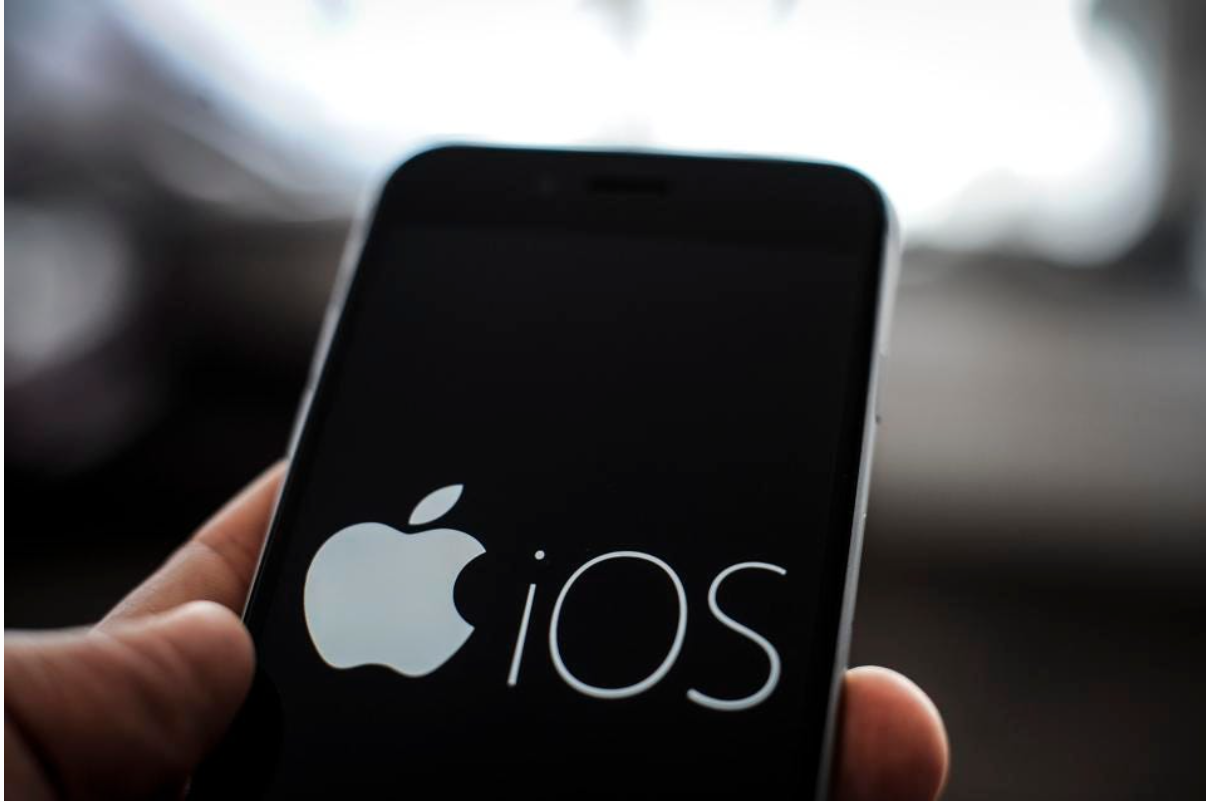Vulnerabilities/Malwares
Apple pactches new iOS zero-day used to hack iPhones

Vulnerabilities/Malwares
In recent attacks, MetaStealer malware targets Apple macOS.
Vulnerabilities/Malwares
The Apple zero-click iMessage Exploit that spread spyware to iPhones
Vulnerabilities/Malwares
Google fixes one more Chrome zero-day vulnerability exploited by Hackers
-

 Ethical Hacking/Pen Testing2 years ago
Ethical Hacking/Pen Testing2 years agoSquarePhish: QR Code and Auth Device Code authentication Phishing tool
-

 Vulnerabilities/Malwares2 years ago
Vulnerabilities/Malwares2 years agoHyundai and Kia patch a bug that allowed USB cable car thefts.
-

 Ethical Hacking/Pen Testing2 years ago
Ethical Hacking/Pen Testing2 years agoHackBrowserData: Decrypt passwords/cookies/history/bookmarks from the browser
-

 Windows/Mac/Linux2 years ago
Windows/Mac/Linux2 years agoGoogle caught North Korean Hackers Using Chrome Browser Exploit on Americans
-

 Mobile Hacking2 years ago
Mobile Hacking2 years agoWhatsApp now supports proxy servers to bypass government restrictions.
-

 Cyber Attacks/Data Breaches2 years ago
Cyber Attacks/Data Breaches2 years agoHackers from the Russian Federation have continued to launch attacks on Ukrainian organisations with info-stealer malware.
-

 Ethical Hacking/Pen Testing2 years ago
Ethical Hacking/Pen Testing2 years agoShennina: AI engine to identify recommended exploits for the attacks, and then attempts to test and attack the targets proceeds with the post-exploitation phase.
-

 Malwares2 years ago
Malwares2 years agoCybercriminals Use the Powerful BatCloak Engine to make malware undetected by AntiVirus






